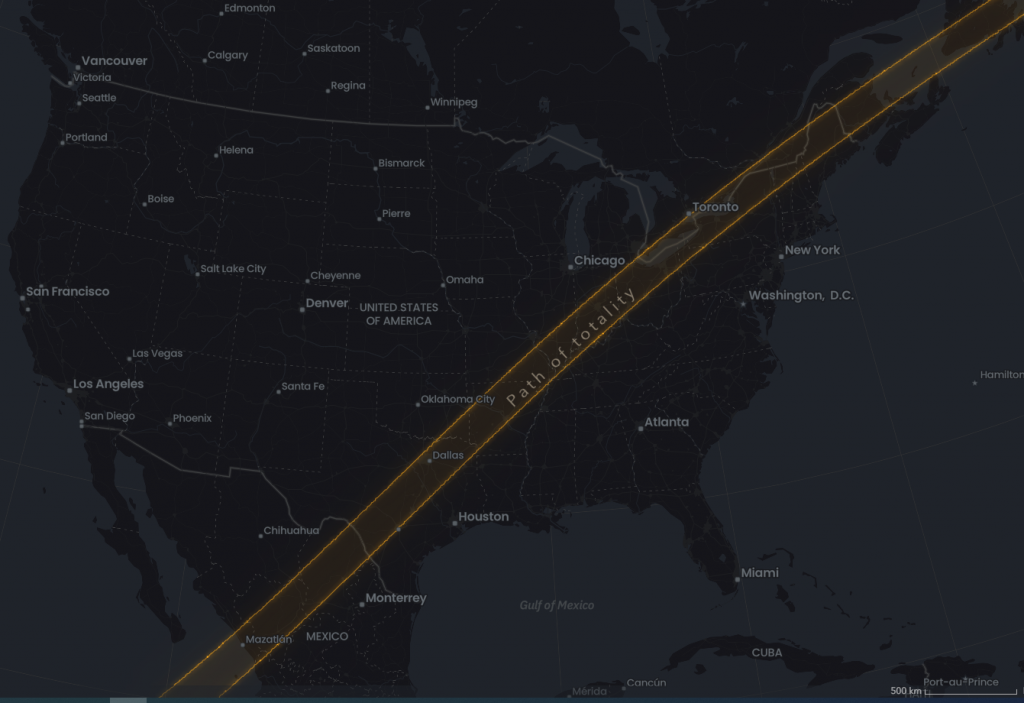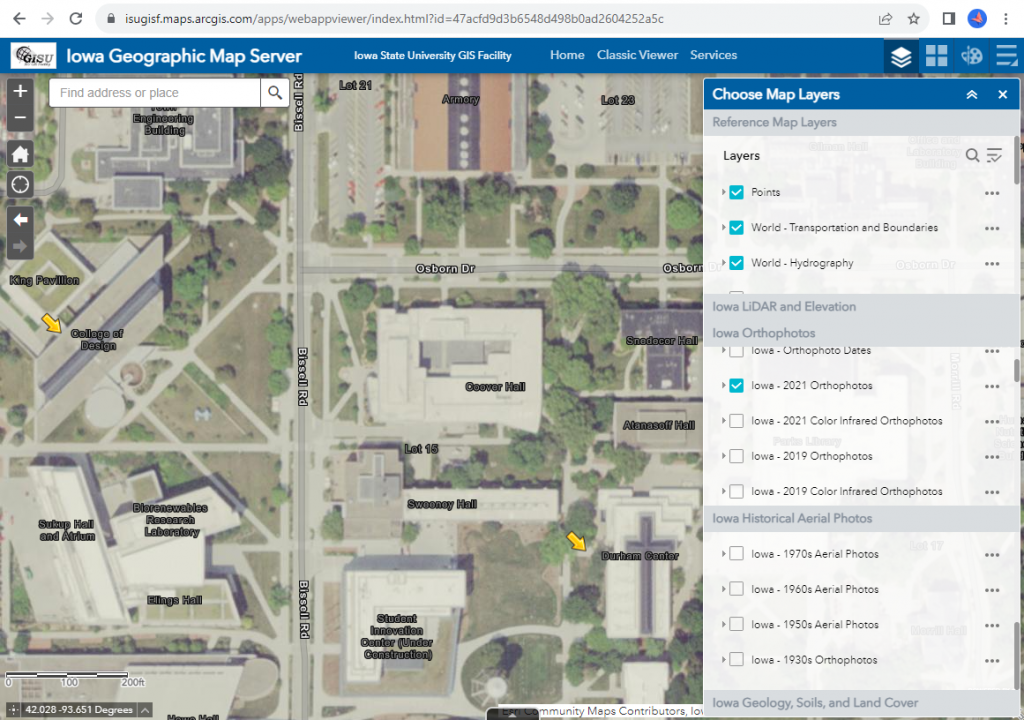Dear Teachers – Part 2: Exploring the Electromagnetic Spectrum
Ready, set, go! As promised in our previous post we are going to do an overview of the recently published AmericaView lesson plans. The first lesson from the 2024 Earth Observation Day lesson series is, “Exploring the Electromagnetic Spectrum (EMS).” This lesson is intended to be an introductory lesson to help give students a basic understanding of the electromagnetic spectrum, energy waves, and remote sensing. Students will gain background knowledge and learn vocabulary from this lesson to help them as they move through other lessons that are focused on specific disciplines. The lesson is broken into two sessions.
The first session has 4 activities. First, an introductory video explaining electromagnetic radiation, electromagnetic waves, and visible light. Second, a reading activity called “Anatomy of an Electromagnetic Wave” to reinforce concepts from the video. Third student examine two diagrams, one displaying energy waves across the EMS and a second diagram showing a timeline and introduction to the US Landsat Mission which has been tasked with collecting earth data across the EMS since 1972. The final activity is a physical activity using a jump rope to further demonstrate concepts of energy waves (frequency, wavelength, energy).
The second session’s activities include a warm-up that is examining a satellite image to identify various features. Next there are two readings, “Wave behaviors,” which explores different vocabulary related to EMS waves, and “Visualization: from Energy to Image,” which explains how invisible EMS waves are converted into different forms of imagery. Next, students get to apply knowledge in “Exploring Remote Sensing Activity.” They will get to explore how different surfaces emit different light energy. Students will also get a chance to explore remote sensing using Google Earth. Finally, to wrap up this lesson, students will wrap up this session with a quiz style game or a printable quiz.
Here is the link to view the full lesson plan as a pdf: https://ckan.americaview.org/data/AmericaView/EOD/2024_eod_ems.pdf






















